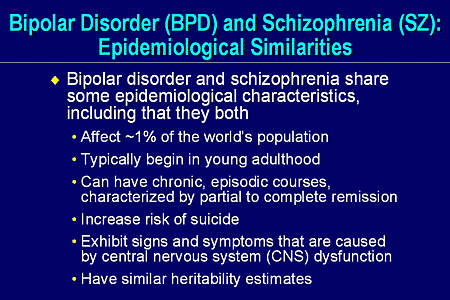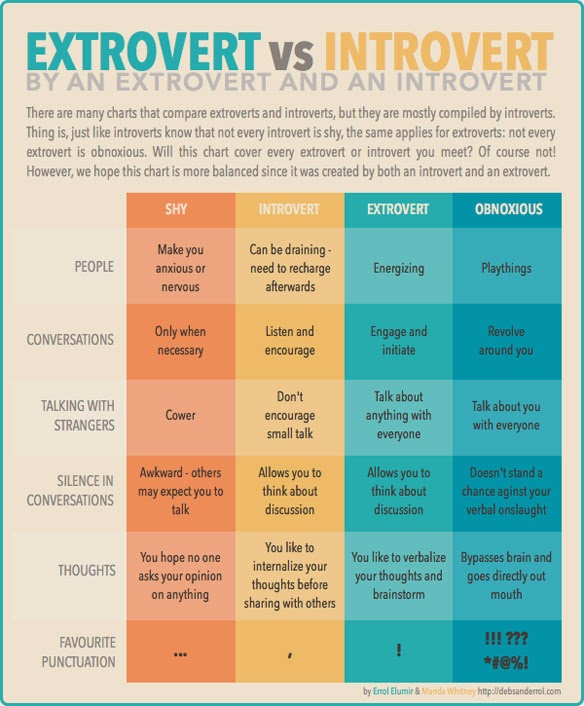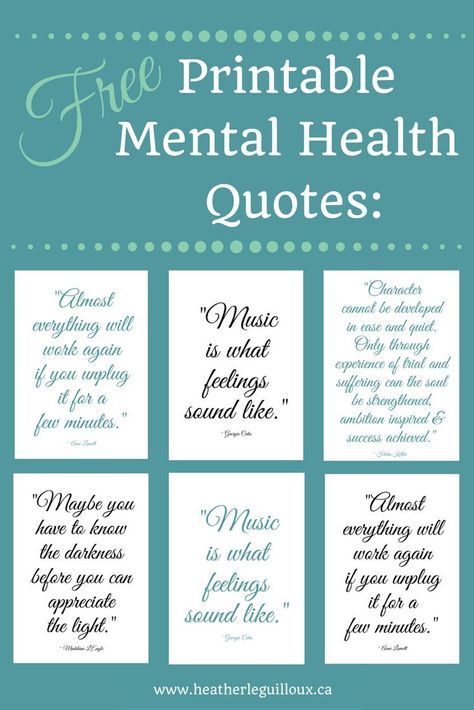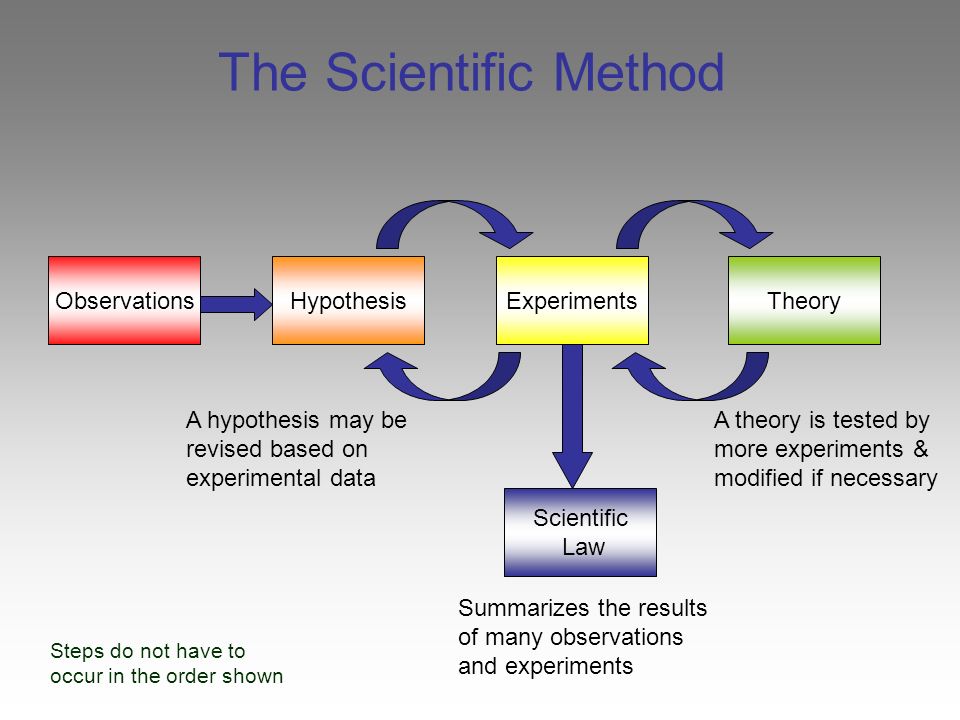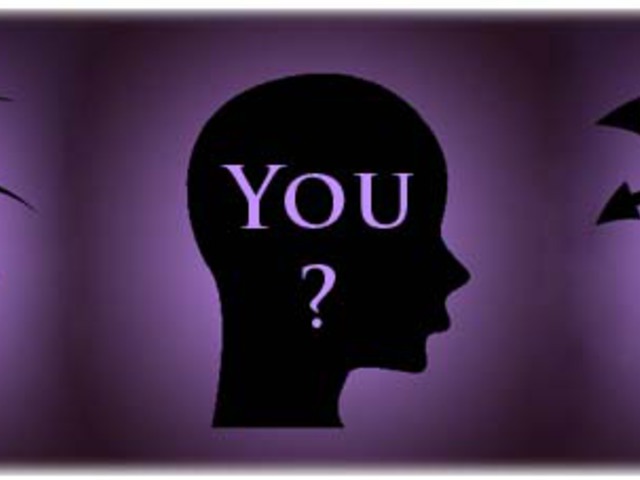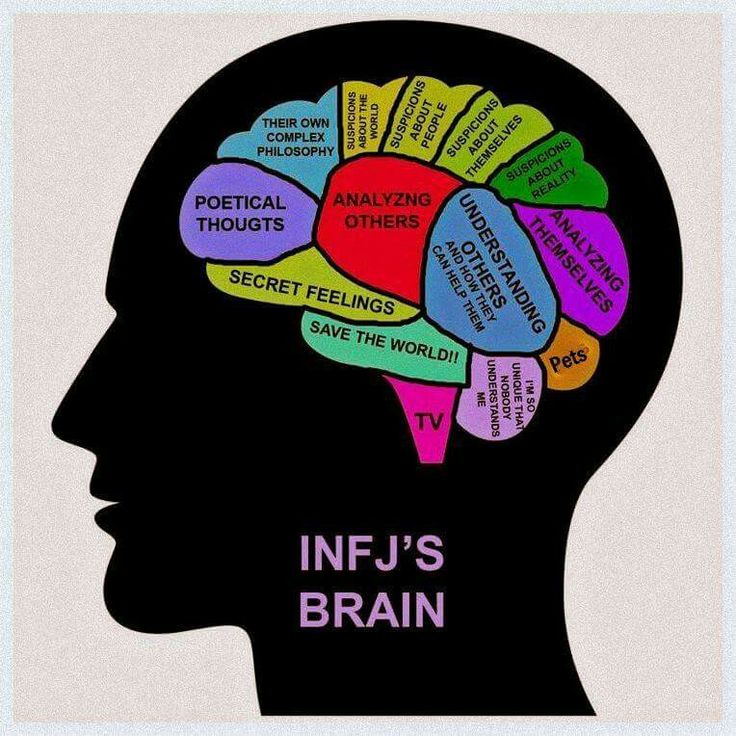Shaking with anxiety
How to Stop the Anxiety Shakes and When to Seek Help
Content
- Overview
- Why does your body shake when you are anxious?
- When does shaking from anxiety become a real problem?
- Is it anxiety or a panic attack?
- Techniques to help with panic attacks
- Treatments to help with anxiety or panic disorder
- The lowdown
Have you considered clinical trials for Anxiety?
We make it easy for you to participate in a clinical trial for Anxiety, and get access to the latest treatments not yet widely available - and be a part of finding a cure.
Check your eligibility
Your body goes into what's known as a "fight, flight, or freeze" response when it's subjected to stress and anxiety. This response is how your body reacts naturally to danger. It helps you react to a perceived threat or life-threatening event¹ in order to keep you safe.
During this response, your body becomes flooded with stress hormones, such as epinephrine and cortisol. Your heart rate, breathing, and blood pressure all increase as your body prepares itself to deal with the stressor. In this situation, your body and brain interpret anxiety as a signal to either escape from danger or stand your ground. This primes your muscles to act, which leads to shaking or trembling.
Shaking is a natural physiological response to stress. Through evolution, it developed to help people recognize dangerous situations so that they could escape or defend themselves.
This is why when you face stressful situations in modern life, you get nervous due to this built-in evolutionary response. As you’re facing a situation that's dangerous, scary, or exciting for you, it's natural for you to feel anxious.
The issue isn't the anxiety or the shaking itself. The issue is when you can't control the anxiety you are feeling, even when you're not even facing a stressful situation, in which case you may have an anxiety disorder.² People with an anxiety disorder may find they shake even without being in a dangerous situation. Types of anxiety² that can cause shaking include:
Types of anxiety² that can cause shaking include:
Generalized anxiety disorder (GAD)
If you have a generalized anxiety disorder (GAD), you are likely to experience excessive worry or anxiety that you are unable or find difficult to control most days for a minimum of six months. The anxiety could be about:
Symptoms include restlessness, irritability, muscle tension, fatigue, difficulty concentrating, or sleep problems. You may also experience shaking in conjunction with anxious thoughts even if there isn’t a clear trigger.
Panic disorder
If you have panic disorder, you may find yourself frequently worrying about when you will experience another panic attack. You actively try to avoid future attacks by avoiding situations, behaviors, or places you associate with panic attacks. Shaking might occur before, during, or after a panic attack.
Post-traumatic stress disorder (PTSD)
With Post-traumatic stress disorder (PTSD), you are living with the chronic effects of trauma and coping with unprocessed traumatic memories.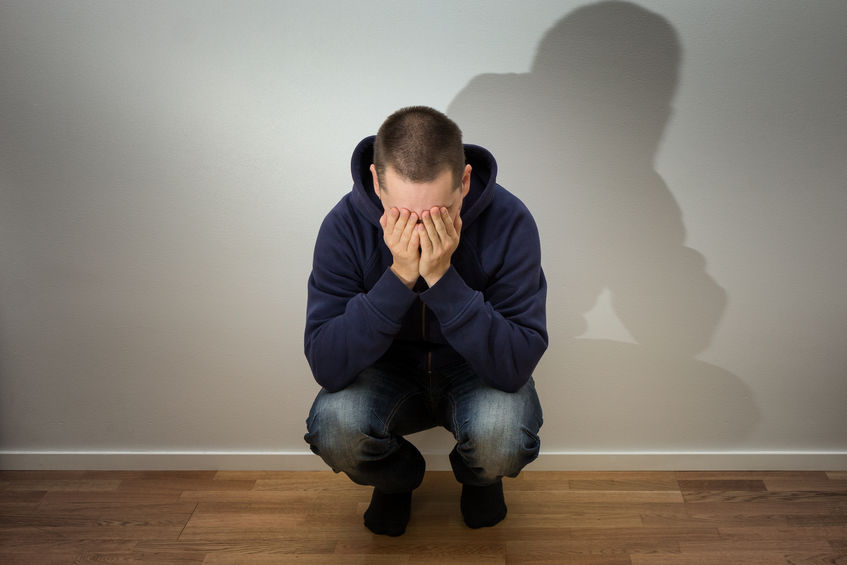 This makes you on alert for ongoing threats or attacks.³ PTSD can lead to physiological changes in the body and its response to the surrounding environment. For instance, you may feel hypervigilant and startle easily. You can start to shake in response to being startled, feeling threatened, or encountering a situation that triggers memories of past trauma.
This makes you on alert for ongoing threats or attacks.³ PTSD can lead to physiological changes in the body and its response to the surrounding environment. For instance, you may feel hypervigilant and startle easily. You can start to shake in response to being startled, feeling threatened, or encountering a situation that triggers memories of past trauma.
When you feel a sudden rush of intense emotion or nerves, it's likely your body responding to a situation. You might experience nausea, sweating, or shakiness, among other symptoms. If this is your first experience, you may be wondering if you're experiencing anxiety or a panic attack.
Anxiety and panic attacks are two different conditions.⁴
GAD is often characterized by anxiety or worry about future events, anticipating a negative outcome. Symptoms include general uneasiness and muscle tension and the onset is typically gradual. On the other hand, panic attacks are short bursts of extreme fear that come on suddenly and are characterized by symptoms⁵ including:
Brief chest pain
Increased heart rate
Shortness of breath
Nausea
Fear of dying
Temperature changes, either hot or cold
Panic attacks are triggered by an extreme fear response to a perceived threat occurring right at that moment.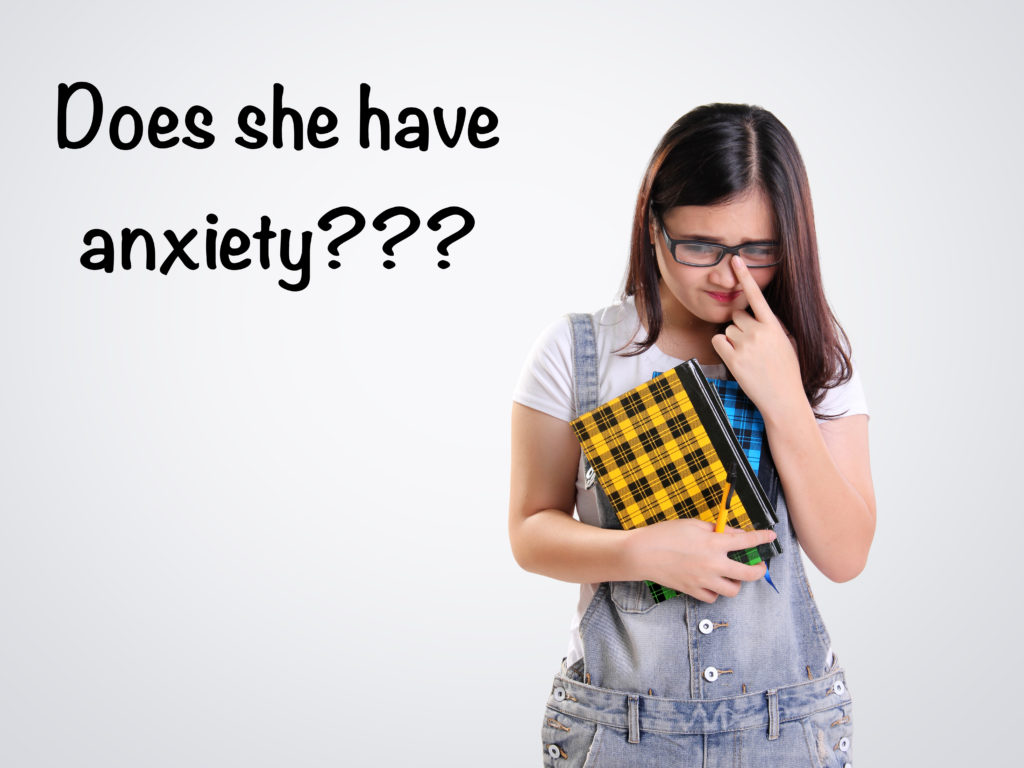 The body’s "fight-or-flight" response makes you hardwired to handle immediate danger. Panic attacks typically last less than 30 minutes and can occur once or repeatedly.
The body’s "fight-or-flight" response makes you hardwired to handle immediate danger. Panic attacks typically last less than 30 minutes and can occur once or repeatedly.
The shaking caused by a panic attack tends to pass as the attack ends. However, if you're wondering how to stop shaking from anxiety, you can try techniques including the following:
Deep breathing – Slow, deep breaths can help to bring a sense of calm and reduce hyperventilation.
Exercising – Exercise releases pent-up energy and reduces muscle tension to ease physical stress, and distracts your brain from anxious feelings.
Progressive muscle relaxation – This is a technique⁶ where you tense different body muscles to release the tension in each one.
Yoga – Regulate your breathing and calm your body through a variety of flowing poses. Regularly practicing yoga can help decrease your symptoms of anxiety.
Meditation – This is a practice of focused concentration that brings your mind back to the present moment and allows you to acknowledge your current feelings, whether positive or negative.
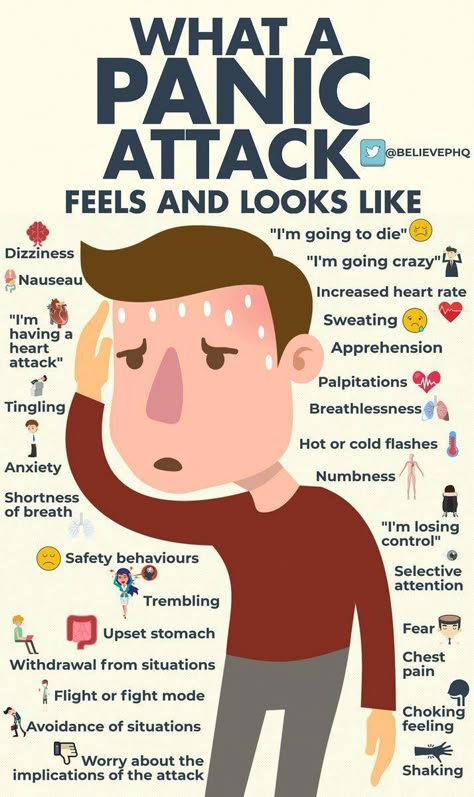 Meditation can work to reduce feelings of anxiety by also incorporating deep breathing.
Meditation can work to reduce feelings of anxiety by also incorporating deep breathing.
A Guide To Meditating For Anxiety
Other anxiety or panic disorder treatments can provide a long-term solution, including:
Psychotherapy – Through cognitive behavioral therapy (CBT), you work with a therapist to recognize unhelpful thought and behavior patterns that perpetuate anxiety, and learn to challenge and modify them. You will also learn specific relaxation, distraction, and exposure strategies to manage panic. Dialectical behavioral therapy (DBT) works on enhancing emotional regulation, managing distressing emotions, and learning mindfulness strategies.
Medications – If you experience panic attacks or anxiety frequently, you may want to talk with your doctor about medication. Your doctor may prescribe benzodiazepines, antidepressants such as SSRIs (which also have evidence in anxiety), or beta-blockers like propranolol.

What You Need to Know About Your Anxiety Medication
If you're experiencing shaking and any other physical symptoms of anxiety and/or panic attacks, remember that i's just your body's natural “fight-or-flight” response to a stressful situation.
However, while shaking from anxiety isn't dangerous, that doesn't mean you have to deal with it. There are effective treatments, including relaxation techniques, therapy, and medication. Talk with your doctor to get a treatment plan for managing the shaking and easing your anxiety overall.
Anxiety Shaking: Causes and Treatments
We include products we think are useful for our readers. If you buy through links on this page, we may earn a small commission. Here’s our process.
Anxiety and worry are emotions everyone feels at some point. Approximately 40 million American adults have anxiety disorders.
Feelings of anxiety can trigger other symptoms, such as:
- muscle tension
- difficulty concentrating
- increased heart rate
- uncontrollable shaking or trembling
Tremors caused by anxiety aren’t dangerous, but they can be uncomfortable.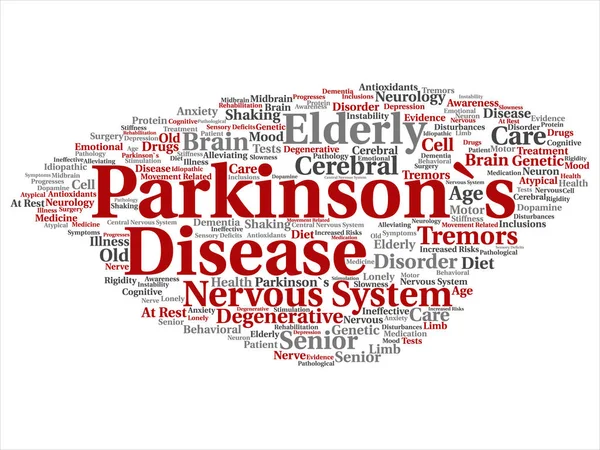 Sometimes losing control of your body when you’re having anxiety can quickly escalate into other symptoms.
Sometimes losing control of your body when you’re having anxiety can quickly escalate into other symptoms.
This article will explore the connection between shaking and anxiety, and leave you with some ideas for how to treat this symptom.
Panic disorder and anxiety that leads to attacks have some things in common, but they’re not the same condition. Both conditions can lead to physical symptoms that feel out of your control, including trembling and “the shakes.”
If you have generalized anxiety disorder, ordinary situations may make you feel intensely fearful or overwhelmed. You may find it hard to concentrate. You may also experience your mind going “blank” as the fear and worry from your thoughts take over.
In addition, headaches, muscle aches, and other pains you can’t explain may accompany your anxious thoughts.
Panic attacks don’t always have a clear cause. When you have panic attacks due to a certain trigger, it’s called an expected panic attack. That means they’re somewhat predictable.
The symptoms of a panic attack can be seen and identified by someone else, while the symptoms of anxiety take place mostly in your mind and may be harder to spot.
When you’re having severe anxiety, it can cause physical symptoms. Perceived stress, danger, and high levels of emotion usually set off anxiety. Anxiety can lead to a panic attack, but it doesn’t always.
Similarly, having a panic attack doesn’t mean that you have an anxiety condition.
When your body is subjected to stress, it goes into fight, flight, or freeze mode. Stress hormones flood your body and speed up your heart rate, blood pressure, and breathing.
Your body prepares to deal with the stressor, interpreting the anxiousness as a signal that you’ll need to stand your ground or escape from danger. Your muscles become primed to act, leading to a trembling sensation, twitching, or shaking.
Other symptoms of anxiety and panic disorder include:
- difficulty concentrating on anything besides anxious thoughts
- fatigue and muscle ache
- headache or migraine
- nausea, vomiting, or loss of appetite
- rapid breathing
- excessive sweating
- feeling tense, irritable, and “on edge”
Once you’ve determined that you’re having a panic or anxiety attack, fighting against your symptoms might make them last longer.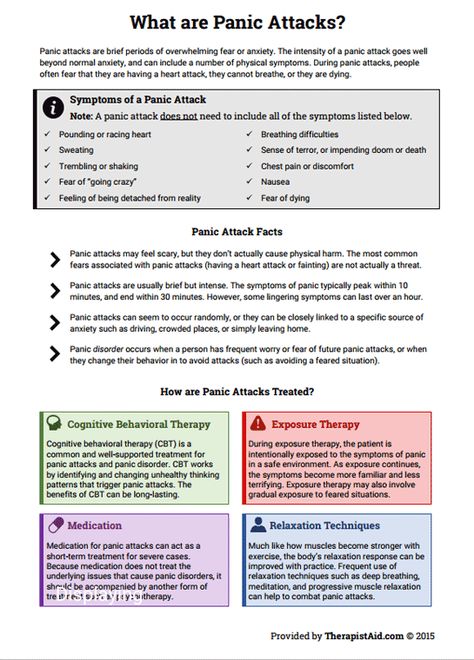
The most effective strategy to stop trembling from panic or anxiety is to guide your body back to a relaxed state. Certain techniques can help you calm down:
- Progressive muscle relaxation. This technique focuses on contracting and then releasing different muscle groups. It can be done in tandem with deep breathing. The goal in practicing this technique is to get your body to relax. This can stop you from trembling.
- Yoga poses. The child’s pose and sun salutations can help you regulate your breathing and bring calm back to your body. Regular yoga practice has been shown to reduce anxiety symptoms.
- Mindfulness exercises. Exercises that incorporate meditation can also help stop you from shaking. Mindfulness meditations to guide you through 5 to 10 minutes of awareness and relaxation. These can be found on apps, such as Headspace, and online.
Practicing these techniques when you’re not in a state of panic or anxiety will make them more effective when you need to use them.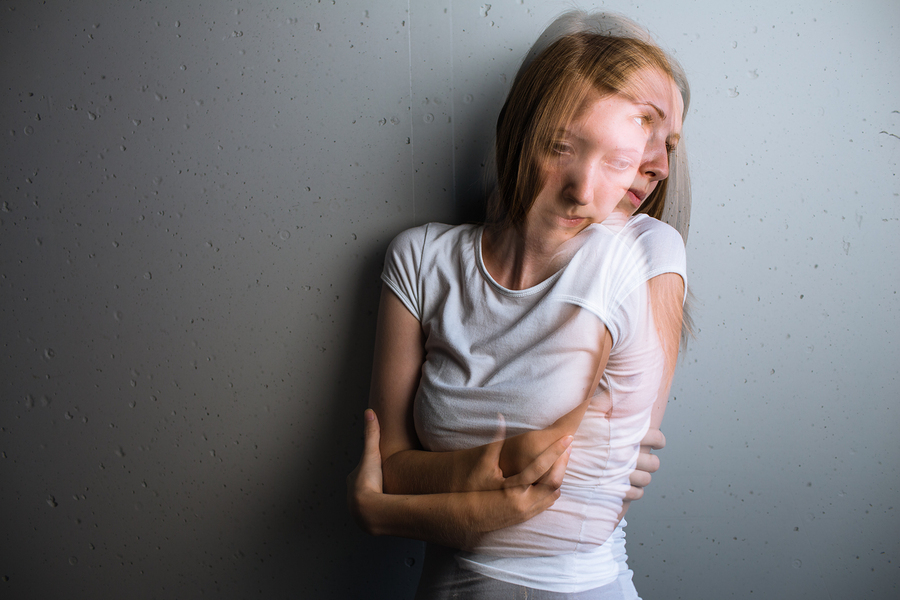
Long-term solutions for people with anxiety or panic disorder can include medication and help from a licensed therapist or psychiatrist. Several methods of therapy can help you identify the triggers of your anxious thoughts and feelings. These include:
- cognitive behavioral therapy (CBT)
- talk therapy
- eye movement desensitization and reprocessing therapy (EDMR)
If you frequently experience anxiety or panic attacks, you should speak to your doctor about medication treatment options. Those include:
- Benzodiazepines. These are drugs that help relax your mind and calm your body. Alprazolam (Xanax), chlordiazepoxide (Librium), and clonazepam (Klonopin) are examples of this class of drug used for short-term anxiety and panic relief. Both prescribers and patients should be aware that benzodiazepines are associated with a risk for tolerance, dependence, and addiction. The Food and Drug Administration requires that they carry a boxed warning.

- Selective serotonin reuptake inhibitors (SSRIs). This is one class of drug that might be prescribed for long-term treatment. Escitalopram (Lexapro), fluoxetine (Prozac), and paroxetine (Paxil) are examples of this type of drug usually prescribed to treat depression and anxiety.
- Monamine oxidase inhibitors (MAOIs). MAOIs are used to treat panic disorder, but can work for anxiety, too. Dicarboxamide (Marplan) and tranylcypromine (Parnate) are examples of this type of medication.
Integrative treatments, like herbal teas and supplements, can cut down on anxiety and panic attacks for some people. More research needs to be done on herbal treatments to determine whether they’re effective.
Remember that herbal remedies aren’t necessarily better for your body than traditional medication. Herbals have properties that cause side effects and interactions just like medication does.
Online therapy options
Read our review of the best online therapy options to find the right fit for you.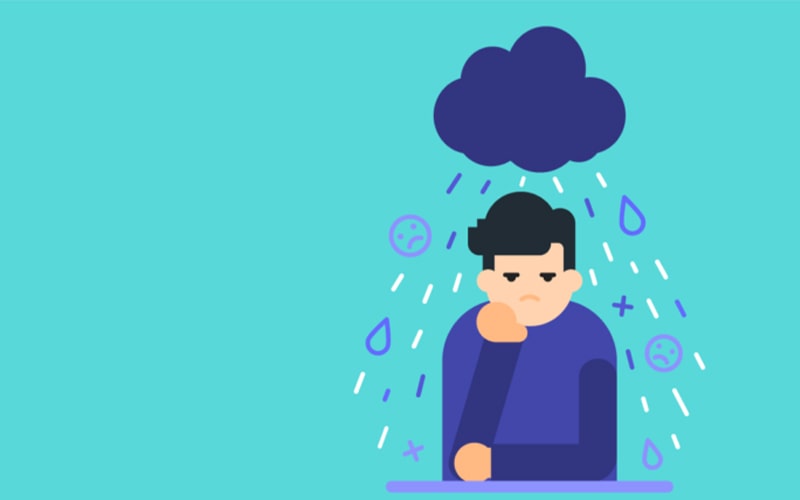
Physical symptoms that feel out of your control can be frightening and make your anxiety feel even worse. The good news is that anxiety and panic can be helped with medication, therapy, and a proper diagnosis.
Make an appointment with your doctor if you’re experiencing anxiety-induced trembling or shaking.
How anxiety distorts reality
- Bobby Azarian
- BBC Future
Image copyright Thinkstock
Anxiety tendencies can have a profound effect on how we perceive the world. BBC Future 's columnist wondered if a new treatment would help relieve constant anxiety.
All sorts of disturbing thoughts rush through your head, your pulse quickens and your breathing gets out of hand. Anxiety gives way to fear, and then you suddenly panic.
You feel confused and overexcited. If these symptoms are familiar to you, then know that you are not alone.
If these symptoms are familiar to you, then know that you are not alone.
- Chemophobia: a false fear that makes it difficult to see real dangers
- Fear of mathematics - where does it come from?
- What every big boss secretly fears
- Birds that fear death
Actresses Jennifer Lawrence and Emma Stone, musician Brian Wilson of the Beach Boys and singer Taylor Swift, artist Vincent van Gogh and poet Emily Dickinson suffered from paralyzing anxiety attacks.
Everyone knows that anxiety affects the emotional state of a person and prevents him from interacting with the outside world.
However, few people know about the impact that anxiety has on our attention in everyday life. Because of it, the priorities of attention are shifted, which entails a change in the information entering the brain and, consequently, our perception of reality.
This can have far-reaching consequences. By influencing attention, anxiety can shape a person's worldview and value system in a certain and predictable way. It can also affect our beliefs without our knowledge.
To avoid the distortion of reality caused by anxiety, you first need to understand the mechanisms that regulate attention and how to control them.
According to a metaphor inspired by the work of a talented and progressive American psychologist 19century William James, our visual attention system is much like a searchlight "scanning" the world around us.
This "spotlight of attention" is a limited area of space that is the focus of attention at a certain moment. What gets into it, the brain consciously processes, but what remains outside it does not.
Looking at the world around, a person focuses his attention on the subject that he would like to examine better. Our brain is not able to process in detail an object, text or environment if they are not in the center of attention.
Image copyright, iStock
Image caption,Our mind works like a searchlight, helping us notice important details
Skip the Podcast and continue reading.
Podcast
What was that?
We quickly, simply and clearly explain what happened, why it's important and what's next.
episodes
The End of the Story Podcast
The way this works can be seen in the example of a man reading a book in a crowded train car. His eyes move across the page from left to right, line by line. At the same time, the "spotlight of attention" moves from word to word.
The word on which a person focuses attention is clearly perceived by his consciousness, while the words that lie outside the "spotlight of attention" seem blurry and mostly illegible.
Such localization is necessary because the simultaneous perception of all visual information about the environment would lead to "overload" of the brain, which is a system with limited resources, like a computer.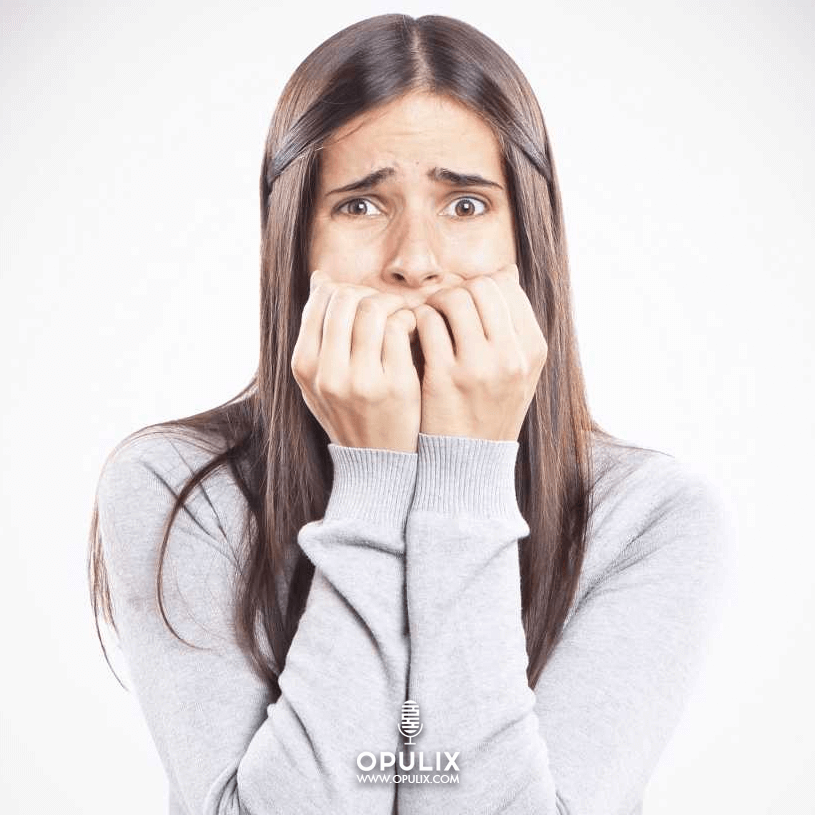
"Spotlight" allows the brain to focus only on the important, ignoring all unnecessary information. Thanks to this, we are able to perceive the reality around us.
In most cases, we consciously choose where to focus our attention, but this process is not always under our voluntary control.
At the same time, not all objects and phenomena around us are perceived by us in the same way. So, for example, a bright flash of light or a sharp movement where it should not be, automatically attracts our attention, and it moves to the point where they arose.
Few people like it when something abruptly distracts their attention, but this does not happen by chance. The involuntary switching of attention is necessary in order to immediately notify a person about what is vital for his survival.
For an ancient man, the reason for the automatic switching of attention could be a prey running past or, if less lucky, an approaching danger - a predator or a dangerous enemy, for example.
Image copyright, iStock
Image caption,Without the "attention spotlight" we wouldn't be able to read because it helps us focus on a few words while ignoring the rest.
Snakes, spiders, angry or frightening faces, threatening postures, and weapon-like objects are all capable of drawing our attention. We can say that visual attention prioritizes threats in the interests of self-defense.
Undoubtedly, this function helps a person to survive, but anxiety can make a system for quickly and effectively detecting threats hypersensitive, as a result of which the "spotlight of attention" begins to work to the detriment of a person.
So, for example, you can lose some control over your own attention, because it focuses too quickly on what the brain perceives as a danger, regardless of whether it really is or not.
And when a person focuses only on danger, negative information takes over his consciousness.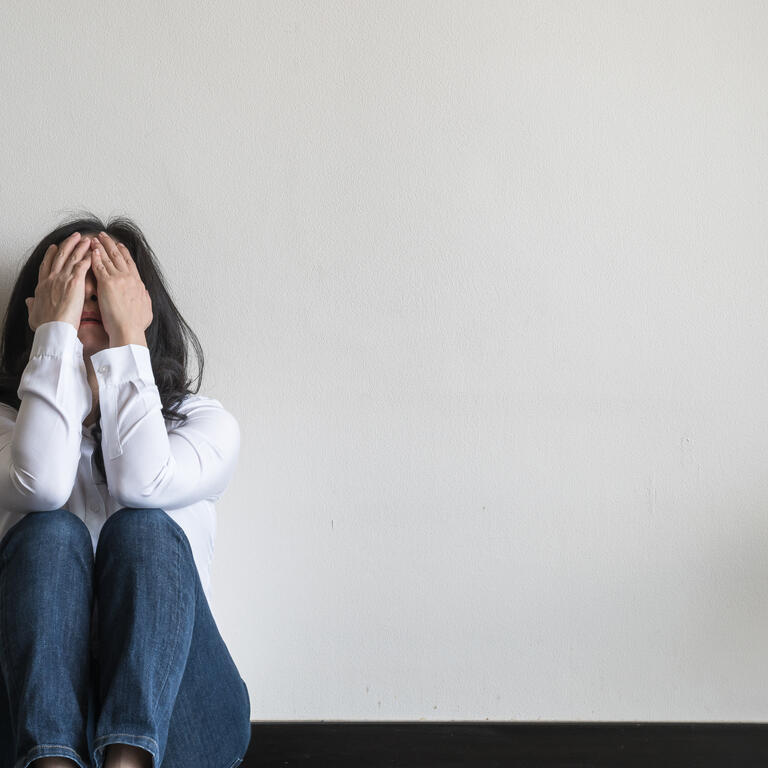
To understand exactly how anxiety can completely change a person's worldview, changing the priorities of attention, think about what it is like for a person with a high level of anxiety to travel by train through a densely populated metropolitan area.
Imagine that you are standing on a crowded subway platform, looking out into the crowd around you. Your attention is automatically attracted to people with an unfriendly expression, while you simply ignore cheerful faces.
As a result, you feel that everyone around you is a little upset, and your mood deteriorates.
While you are waiting for your stop on the train, you suddenly notice that a large man in a hooded sweatshirt sitting next to you is suddenly putting his hand into his pocket, as if trying to get a weapon.
Luckily, he pulls out a mobile phone from his pocket, but the whole situation makes you wonder what would happen if it was a gun.
As a result, you become even more convinced that the subway is a dangerous place, full of dubious characters and irritated people.
Image copyright, iStock
Image caption,Over the course of our evolution, we have developed the ability to spot potentially dangerous objects in our environment, such as spiders, which can be poisonous
Now imagine that this happens all the time. Due to the fact that the threat is a priority, we filter out all the good and perceive only the bad. The cognitive system is overwhelmed with excitement and fear.
This causes anxiety to have too much of an effect on how we evaluate our environment. In fact, to anxious people, the world literally seems to be a frightening and dysfunctional place.
These radical changes in perception can shape a person's worldview, including their political and ideological beliefs.
For example, a 2009 study showed that anxiety can affect a person's attention in such a way that all people from the Middle East begin to seem dangerous to him. This undoubtedly influences his political views regarding immigration.
As part of the experiment, the researchers asked participants from Western countries with different levels of anxiety to take a computer test. It consisted of pressing a key in response to visual stimuli appearing on the screen.
First, the subjects saw a word flashing on the screen, and then two faces - an Arab and a European, on each of which a dot from the sight could appear.
The results showed that people with high anxiety responded more quickly to the dots that appeared on the faces of people with an Arab appearance if they were previously shown a word associated with terrorism - for example, "bomb".
This means that when the anxious person was made to think about terrorism, the faces of people from the Middle East were at the center of his visual attention, which indicates the expectation of danger.
Research findings explain why people with high levels of anxiety often side with politicians who promise to protect the country by banning immigration and imposing tough national security measures.
This is confirmed by the results of another study conducted in 2012 by a group of scientists from the University of Nebraska at Lincoln.
They found that people who pay more attention to negative images tend to lean towards the right politically.
In one experiment, researchers showed liberal and conservative participants computer-generated collages of pictures with positive and negative connotations.
At the same time, they tracked the subjects' eye movements to see what they were paying attention to.
Image copyright, iStock
Image caption,If a person is prone to anxiety, the whole world can seem dangerous to him
They found that those whose attention was immediately and permanently attracted to unpleasant and repulsive images - for example, traffic accidents, dead bodies and open wounds - more often identified themselves as conservatives.
The authors of the study find it logical that people who are more alert and receptive to threats often support center-right politicians who promise to protect society from external threats by strengthening military power and national security, introducing tougher penalties for criminals and discouraging immigration.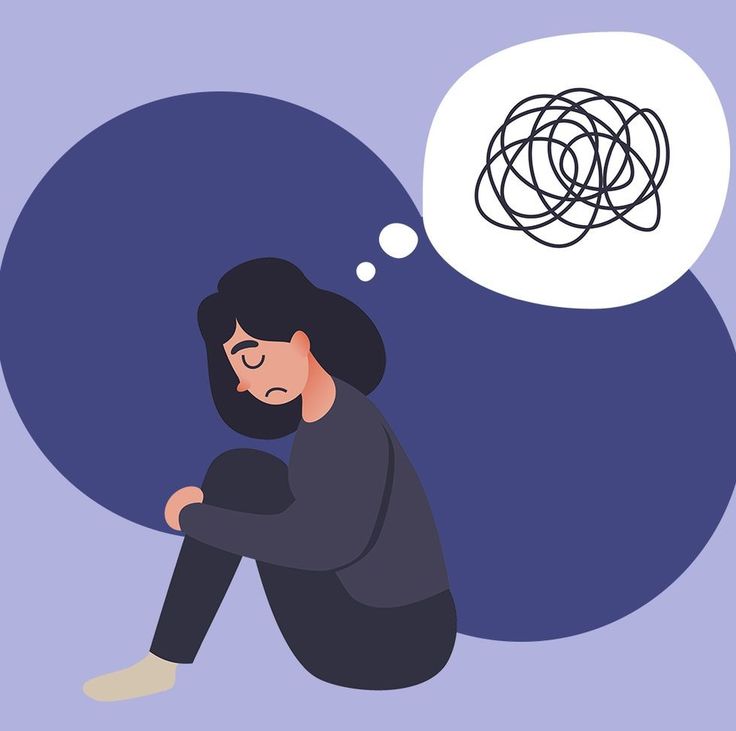
In its extreme manifestations, anxiety can have a serious negative impact on human health, but you can change the situation by training your attention.
What's more, today this can be done with convenient computer programs and even smartphone apps.
The most popular form of training is Attention Bias Modification Training (ABMT for short), also commonly known as Cognitive Bias Modification (CBM for short).
It can include different tasks united by one goal. In standard training, patients see pictures with positive and negative images on the computer screen. As a rule, these are happy and gloomy faces, replacing each other hundreds of times.
Since anxiety is related to focusing on negative stimuli, patients are asked to select positive images by pressing a key or screen.
By doing this again and again, and ideally for several days or weeks in a row, they get into the habit of paying attention not to the threat and negative information, but to what carries positive information.
Image copyright, iStock
Image caption,Can we find a way to correct this warped perception of threat and anxiety?
Dozens of studies have confirmed the effectiveness of this method. Of particular interest is one published in the Journal of the Association for Psychological Sciences, Clinical Psychological Science.
It showed that a 25-45 minute session of ABMT therapy played on a mobile phone reduced threat alertness, subjective anxiety, and observed stress sensitivity.
Patients suffering from anxiety disorders who are unable to receive treatment at the clinic can now also receive psychological help with just a few minutes of an exciting mobile game on the way to work.
However, some scientists are skeptical about ABMT. In some recent studies, the effectiveness of this type of therapy has been called into question.
Scientists have proven that single sessions of ABMT are no more beneficial than other cognitive-based treatments for anxiety disorders, such as cognitive behavioral therapy, and in some cases even placebo.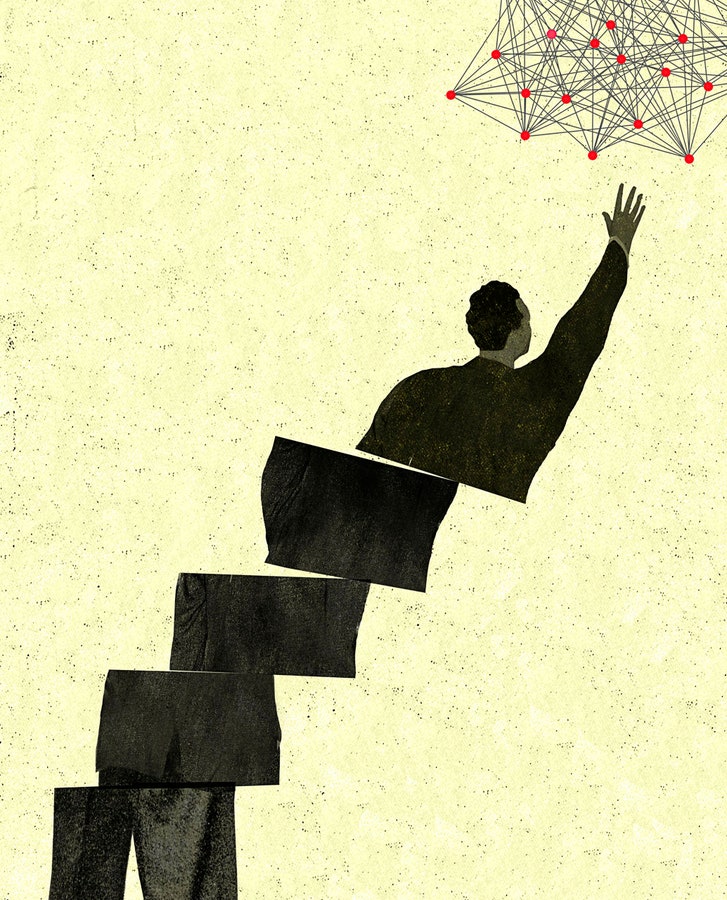
Scientist, professor, and licensed psychologist Per Carlbring of Stockholm University admits that these criticisms are valid, but notes that mindfulness training should not be abandoned entirely.
He explains that according to a meta-analysis, attentional priority adjustment works very well for patients under 37 years of age, especially when it is done in a clinic or laboratory rather than remotely.
Carlbring noticed that ABMT did not reduce anxiety levels only if it failed to adjust the attentional priorities associated with danger.
Therefore, to increase the effectiveness of this treatment method, he suggested using more dynamic tasks with realistic stimuli.
Carlbring wanted to improve the reliability of this treatment and received a grant to develop and test a new method of attention training using virtual reality. This method works in a more natural way and provides a sense of presence.
"I think moving training into real-life conditions could help us take things to a whole new level," says Carlbring.![]() "I wouldn't be surprised if attention training becomes commonplace by 2020."
"I wouldn't be surprised if attention training becomes commonplace by 2020."
By doing exercises that help us get rid of the constant search for threats and being aware of the effect of anxiety on our attention, we can avoid the consequences of anxiety, such as distorting reality, constantly feeling fear and changing the belief system.
Read the original of this article in English at BBC Future .
Personal coach: how to deal with increased anxiety in the workplace
“This strange state takes over me, spreads through my body, when it is difficult to concentrate on something specific, my hands tremble, it is impossible to sleep at night, all sorts of troubles are ahead, and faith success as never before. But then suddenly an amazing surge of strength begins ... ”- this is how the well-known Japanese entrepreneur, founder of Honda Motor, Soichiro Honda, described his anxiety before the most significant decisions and meetings.
On the one hand, anxiety is a useful experience that helps to feel the importance of the moment, turn on defense mechanisms in time, and mobilize the emotional reserve. Normal anxiety, experienced during periods of high responsibility, uncertainty, difficulties, unpredictable changes, is characteristic of each of us. Anxiety also arises when new possibilities are revealed to a person. No wonder the Danish existentialist philosopher Søren Kierkegaard called anxiety our “best teacher.” Feeling anxious, the employee tries to foresee everything, do everything in advance, think through all the risks and barriers, present and discuss all the consequences of his decisions, actions, initiatives. As a result, carefully prepared, balanced and comprehensive analytical reports, presentations, conclusions, letters, memos appear.
From public people, artists, numerous cases are known, when just the absence of anxiety led to unsuccessful performances, weak or even disrupted performances.
On the other hand, sometimes natural and temporary anxiety turns into a stable personality trait. “I had to work with such a leader for more than one year,” an expert from the organizational design department of a large energy company told me. “And it was a nightmare. He was in endless worries, he constantly hurried us, pulled. In any case, he paid attention to the most insignificant details, predicted negative scenarios and outcomes, he himself was tormented by doubts and tormented others. Instead of setting up for the result and inspiring, he disorganized the work with his words and actions. I know that he dreamed of a further career, but it was anxiety that became his limiter. And this is no coincidence.
Anxious people feel unreasonable fear all the time. Their main message to the outside world is “what if something happens”. Leaders are always expected to be courageous, resistant to stress, far-sighted, reliable, and able to inspire people to believe in success. But it is precisely these qualities that anxious people lack. They have low self-esteem, are extremely insecure in their abilities, are afraid to make a mistake, to be ridiculed, humiliated, rejected. Their inherent sense of fear of the unknown leads to the fact that they rarely take risks, avoid decisive actions, and do not show initiative. I know of a few cases where very anxious people, being ambitious, sociable, with good intellectual abilities, nevertheless ended up at the highest level of leadership. But none of them could hold on to a responsible position for a long time - first of all, they were let down by their own emotions and shaky health. Anxious leaders took all events too close to their hearts, worried about every occasion (and there were always a huge number of such reasons). In difficult negotiations, where composure and equanimity were required, they got excited, nervous, fussed - and lost. And then they suffered again - already because of failures.
They have low self-esteem, are extremely insecure in their abilities, are afraid to make a mistake, to be ridiculed, humiliated, rejected. Their inherent sense of fear of the unknown leads to the fact that they rarely take risks, avoid decisive actions, and do not show initiative. I know of a few cases where very anxious people, being ambitious, sociable, with good intellectual abilities, nevertheless ended up at the highest level of leadership. But none of them could hold on to a responsible position for a long time - first of all, they were let down by their own emotions and shaky health. Anxious leaders took all events too close to their hearts, worried about every occasion (and there were always a huge number of such reasons). In difficult negotiations, where composure and equanimity were required, they got excited, nervous, fussed - and lost. And then they suffered again - already because of failures.
The causes of anxiety usually lie in childhood. It is known that the prerequisite for the occurrence of anxiety is the increased sensitivity of the body. But education also plays a significant role. If parents overprotect the child, control his every step and impulse, make constant remarks, reproach, pull, then the child loses self-confidence. He begins to fear parental criticism, unrealistic expectations, to worry that he will do something wrong, that is, he feels guilt and anxiety, which can become fixed and develop into a character trait - high anxiety. There are other cases. Being in close emotional contact with the child, a loving, but anxious, suspicious parent unconsciously infects the child with his fears, contributes to the formation of the strongest anxiety in him. Often, without hesitation, parents inspire fear in children with pseudo-threats that never materialize, such as: “I’ll give you to a policeman, I don’t need such a bad boy,” “I’ll leave you, since you behave like that.”
But education also plays a significant role. If parents overprotect the child, control his every step and impulse, make constant remarks, reproach, pull, then the child loses self-confidence. He begins to fear parental criticism, unrealistic expectations, to worry that he will do something wrong, that is, he feels guilt and anxiety, which can become fixed and develop into a character trait - high anxiety. There are other cases. Being in close emotional contact with the child, a loving, but anxious, suspicious parent unconsciously infects the child with his fears, contributes to the formation of the strongest anxiety in him. Often, without hesitation, parents inspire fear in children with pseudo-threats that never materialize, such as: “I’ll give you to a policeman, I don’t need such a bad boy,” “I’ll leave you, since you behave like that.”
It happens that adults' anxiety intensifies and flourishes due to a series of failures, poor work results, constant reproaches from managers.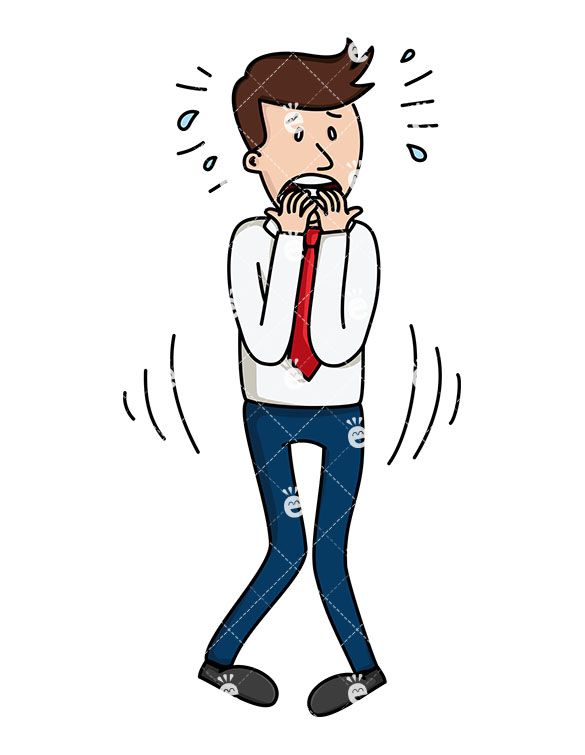 My friend, an experienced highly qualified lawyer, came to work in her specialty at a well-known Moscow theater. As I now know, there is a lot of work for a lawyer, even in theaters. Her boss, the director of the theatre, was an impulsive man, rude in his manner, he did not stand on ceremony with his subordinates - he scolded, devalued successes, tirelessly gave negative feedback. The friend courageously endured such an interaction, but after a few months she became anxious, shy, doubtful, incredulous, pessimistic. Life began to appear to her full of threats and dangers. I'm afraid that her character would change a lot if she stayed there for a long time.
My friend, an experienced highly qualified lawyer, came to work in her specialty at a well-known Moscow theater. As I now know, there is a lot of work for a lawyer, even in theaters. Her boss, the director of the theatre, was an impulsive man, rude in his manner, he did not stand on ceremony with his subordinates - he scolded, devalued successes, tirelessly gave negative feedback. The friend courageously endured such an interaction, but after a few months she became anxious, shy, doubtful, incredulous, pessimistic. Life began to appear to her full of threats and dangers. I'm afraid that her character would change a lot if she stayed there for a long time.
How to deal with increased anxiety in the workplace?
First, evaluate the level of the tasks being solved - how they really correspond to your current capabilities. Routine and creativity, easy (habitual) and difficult (developmental) tasks should make up a magical proportion of 80 to 20. If this proportion is regularly violated in favor of complex tasks, then stress arises, which leads to the formation of an alarming internal complex.
